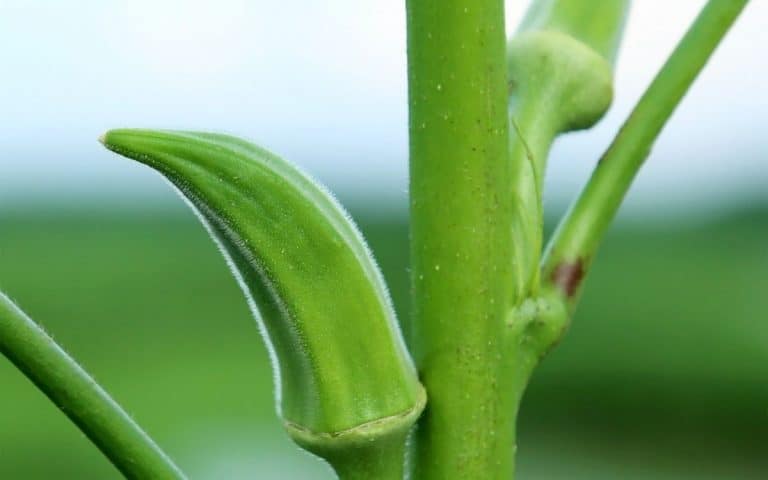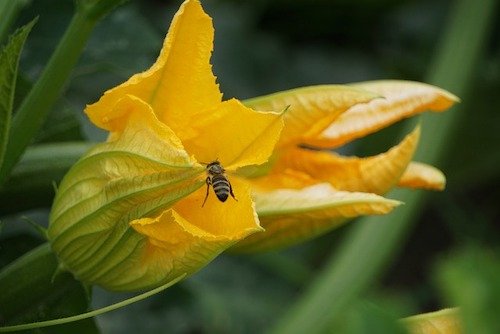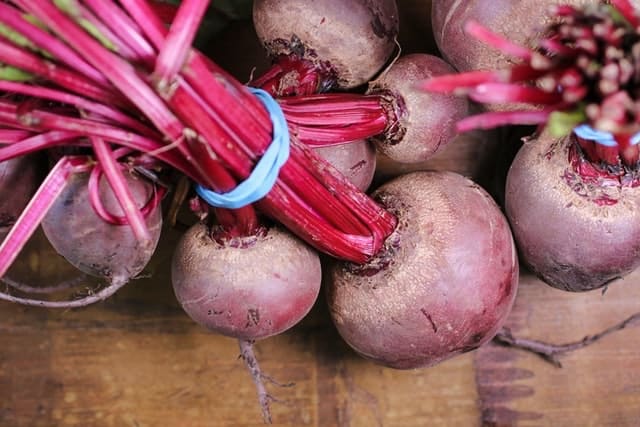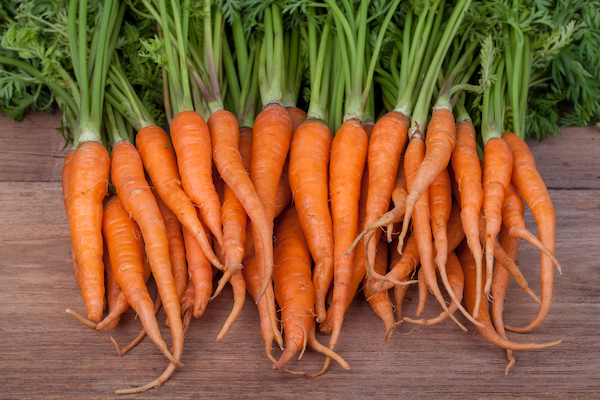How to grow broccoli in pots
Broccoli is a popular vegetable to grow in home gardens. However, its large size and tendency to attract garden pests can make it a bit tricky to grow in containers, but it’s totally possible with the right conditions! Read on to learn how to grow broccoli in pots in your container garden.
Broccoli (Brassica oleracea) is part of the cabbage family, with a large, flowering head and edible stalks and leaves. The crown we eat is actually an immature flowering head.
Commonly eaten both raw and cooked, broccoli is a great source of vitamins C and K.
It’s also one of those veggies some kids will gobble up, especially with dip. I called them little trees and served them with melted cheese … my picky eaters would even ask for more!
Growing broccoli in containers has a lot of benefits, including simplified pest control and easier harvesting. So, if you’re ready to learn more about growing broccoli in pots, dive in. You’ll find everything you need to grow a successful harvest of broccoli right here!
This post may contain affiliate links. If you buy something through these links, we may earn a small commission at no cost to you.
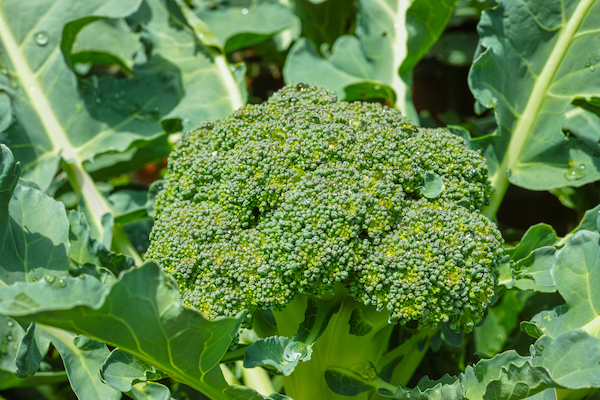
How to grow broccoli in containers
Broccoli is a cool weather vegetable that grows best in spring and autumn gardens. Although it can handle light frost, broccoli will grow best when temperatures are between 65 and 75°F. Higher temperatures can cause broccoli to bolt or turn bitter, so it’s best to avoid growing this plant during the peak of summer.
Like other vegetables, broccoli should be grown in an area of your container garden that receives at least 6 to 8 hours of full sun.
Since broccoli is a heavy feeder, growing containers should be filled with a rich, well-draining potting mix before you sow your seeds.
I’ve tried a number of potting soils over the years, and in my container garden I’ve had the best results with the old standard, Miracle-Gro Potting Mix.
For even better growth and lusher plants, amend your potting soil with a bit of compost, aged manure, or slow-release fertilizer (I like Jobe’s Organic) at the beginning of the growing season to provide a steady source of nutrients to your plant.
Does broccoli grow well in containers?
Broccoli doesn’t like heat, so first off it’s important to time it so you’re growing broccoli in spring and fall, when temperatures are cooler. Soil in containers warms up faster than soil in an in-ground garden.
And because it’s a large vegetable, the other main key to growing broccoli in containers is choosing the right pot. A single broccoli plant can be grown in a pot that is at least 8 to 10” diameter. See below for recommendations!
Growing broccoli from seed
Broccoli can be easy to grow from seed, and seeds can be directly planted outdoors in spring or autumn. Seeds can also be started indoors and transplanted after the seedlings develop.
For spring plantings, broccoli can be started inside early in the season, about 6 to 8 weeks before your last frost date.
If you prefer to directly sow vegetable seeds in your growing containers, broccoli seeds can be sown outdoors about 2 to 3 weeks before your last frost date.
Cold-hardy broccoli also thrives in fall gardens. If you’d like to grow a second crop of broccoli later in the season, seeds should be directly sown outdoors in mid- to late summer, approximately 85 to 100 days before your first frost date.
If you’re planting your broccoli seeds directly in your growing containers, sow 2 to 3 seeds per planting hole and plant seeds at least 12” apart. Seeds should be sown ½” deep.
Once your broccoli seedlings are about 2 to 3” tall and have started to produce true leaves, thin them out so that just one plant is growing per 1’ square of growing space.

How to grow broccoli from seedlings
For gardeners who don’t want to start broccoli from seed, broccoli seedlings are also usually available for purchase at garden centers and some farmers markets. Starting from seedlings can simplify your gardening process and result in an earlier harvest of fresh broccoli.
Broccoli seedlings from plant nurseries don’t usually need to be hardened off. But if you started your own seedlings indoors, they should be hardened off before moving them into your outdoor containers to avoid issues with transplant shock. Check out my post about how to harden off seedlings for more details.
Broccoli seedlings can be transplanted outside when they are about 4 to 6 weeks old and have at least 4 to 6 leaves. When transplanting seedlings, space them at least 12” apart.
Best varieties of broccoli for containers
- Belstar broccoli — heat tolerant, multiple harvests
- DiCicco broccoli — produces numerous small-to-medium heads; freezes well
- Waltham 29 broccoli — cold tolerant, prolific side shoots for multiple harvests
Best containers for growing broccoli
When choosing the right container to grow broccoli, there are a few important things to consider. Broccoli container depth, width and height are all important, considering the large size of healthy broccoli plants. It’s also essential that you choose a container that drains well.
Fabric grow bags give you a lot of options for broccoli container size, since these bags come in a wide range of sizes. Grow bags are also made of a porous fabric that drains well, so you won’t need to worry about soggy soil. Plastic or terracotta pots can also work for broccoli, but they should have adequate drainage holes.
A single broccoli plant can grow in a container that is at least 3 gallons in size or 8 to 10” in diameter. If you have a larger container, you may be able to grow multiple broccoli plants, but they should be spaced at least 12” apart.
My recommendations for containers for broccoli:
- 5-gallon fabric grow bag — 9.9″ depth, 12.5″ diameter, perfect for one broccoli plant
- 25-gallon fabric grow bag — 15.9″ depth, 21.8″ diameter, big enough for 2 broccoli plants
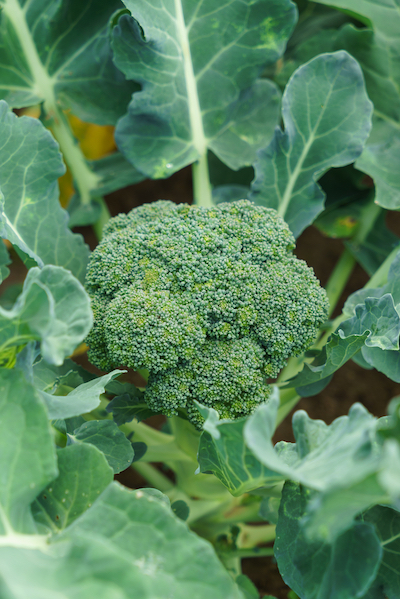
Growing broccoli in containers
After planting broccoli seeds, keep the pots well-watered until your broccoli germinates. Germination times can vary, but most broccoli will sprout within 7 to 14 days after planting. Temperatures should be at least 40°F, while warmer temperatures will speed up germination times.
Once your broccoli plants have sprouted, seedlings should be thinned out so individual plants have at least 12” square of growing space.
Tip: Broccoli seedlings are edible, and any seedlings you remove can be used as tasty microgreens!
How often to water broccoli
Broccoli needs consistent watering for proper growth and optimal flavor. Plants should receive about 1 to 1 ½” of water per week.
Adding a thick, 2” layer of organic mulch on top of your potting soil can slow down evaporation rates and preserve the moisture levels around your plants.
Because broccoli can be prone to rot and mildew issues, always water your plants at the base and do your best to keep broccoli crowns dry.
Fertilizer for broccoli in pots
Broccoli is a heavy feeding plant and grows best in soil that has been amended with compost, aged manure, or slow-release fertilizer prior to planting.
During the growing season, broccoli will also need regular applications of fertilizer to support its growth.
Fertilizer applications should begin about 3 weeks after your broccoli plants are transplanted outside or when directly sown seedlings are a few inches tall. During the growing season, broccoli should be fertilized about once a month or as recommended on the instructions of your fertilizer of choice.
Broccoli grows best with a low nitrogen or well-balanced fertilizer. Fertilizers that are too rich in nitrogen will result in leafy growth and small crowns.
Jobe’s Organics Vegetable and Tomato granular fertilizer is an excellent option! I’ve always had great results from Jobe’s fertilizers.
(Interested in learning more about fertilizer and soil composition? Check out my Fertilizer 101 post!)
Common pests for broccoli
Broccoli is often targeted by pests, so you’ll need to inspect your plants often for any signs of damage. Keeping your plants covered with sections of floating row covers throughout the growing season can also be helpful.
Here are some of the most common pests you may encounter when growing broccoli and what to do about them:
Cabbage loopers
Cabbage loopers are small, green caterpillars that love cruciferous vegetables and can riddle broccoli leaves with holes. Keep your plants safe with floating row covers, or some gardeners recommend spraying your broccoli with BT thuricide every 5 to 7 days when these caterpillars are active.
Note: BT thuricide is made from a naturally occurring, soil-dwelling bacteria and is approved for organic garden use. However, BT thuricide can affect non-target caterpillars, so never spray it on plants in flower.
Aphids
Aphids are small insects that feed on plant sap and cause stunted growth and distorted leaf development. A strong blast from the garden hose is usually enough to take care of aphids; however, you can also treat your plants every 7 to 10 days with an organic insecticidal soap or neem oil spray.
Flea beetles
As their name suggests, flea beetles are small, black beetles that are known for jumping briskly away when disturbed. They can also destroy broccoli leaves and transmit viral or bacterial diseases to your plant. Floating row covers and organic insecticidal soap sprays work well on these pesky bugs.
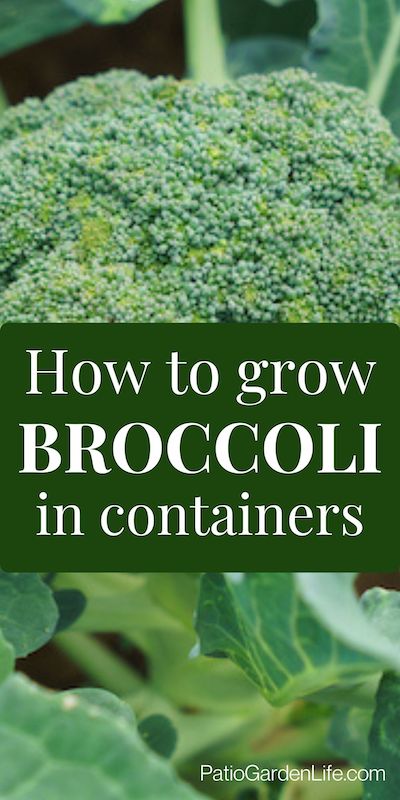
Best companion plants for broccoli
Choosing the right companion plants can keep pests away all naturally and help you grow a healthier harvest too. Some of the best companion plants for broccoli include:
Beets
Like broccoli, beets grow best in spring and summer when temperatures are cool. Beets are also low-growing plants you can slip in the soil beneath your broccoli plants, and they won’t compete with broccoli for calcium.
Celery
Another cool weather vegetable, celery has very similar growing requirements to broccoli. Cabbage moths also hate the scent of celery, so planting celery near your broccoli can help to keep your plants pest-free!
Chamomile
Chamomile is a pretty herb that is often used in herbal tea blends. But chamomile is a very useful plant too! When planted near broccoli, chamomile blooms will attract beneficial insects that naturally feed on many of broccoli’s most common pests.
Rosemary
Strongly scented rosemary repels many pests, including cabbage moths, so it’s a perfect partner for broccoli!
Broccoli growing stages
- Broccoli seeds will germinate in about 7 to 14 days and begin to produce their leaves.
- As broccoli matures, it will develop crowns, which are actually immature broccoli flowers. If you wait too long to harvest your broccoli, crowns will develop into yellow flowers that will eventually produce seeds.
- Once broccoli begins to flower, its taste will change and become less pleasant to eat. To avoid this, be sure to harvest your broccoli in time!
How to harvest broccoli
Broccoli should be ready to harvest about 50 to 60 days after planting, although it may take up to 85 days in cooler locations.
You’ll know your broccoli is ready to be picked when the crowns are bright green and still tight and firm. Yellowing crowns that begin to produce flowers are overly ripe and won’t be as pleasant to eat.
To harvest broccoli, cut off the crown at an angle, leaving about 6” of stem attached to the crown. Leave the remainder of your broccoli plant in place, as it will often produce side shoots for a second, smaller harvest of fresh broccoli.
Tip: For best flavor, harvest broccoli in the early morning before the sun is high overhead.
How to store broccoli
Fresh broccoli can be washed and stored in your refrigerator for up to 5 days.
If you have a large harvest of broccoli that you can’t use right away, broccoli also freezes beautifully. Prior to freezing, broccoli should be blanched for 3 minutes and then frozen in an airtight container to prevent freezer burn. When stored properly, broccoli will stay fresh in the freezer for 6 to 8 months.
Broccoli recipes
While most people just use broccoli crowns, broccoli stems and leaves are edible too! Broccoli leaves make a fine substitute for spinach or kale in any dish. Once peeled, stems can be shredded into a homemade slaw or used in stir fries!
More great broccoli recipe ideas:
- Who doesn’t love broccoli cheddar soup??
- Classic broccoli salad
- Air fryer roasted broccoli – read in just 6 minutes!
- Crowd-pleasing broccoli cheese casserole
More ideas for container gardening veggies:
- How to attract pollinators to your container garden
- How to attract dragonflies to your container garden
- Small compost bins for container gardens
- Best edible flowers for container gardens
- Dirty Dozen foods you can grow in containers
- How to grow bell peppers in containers
- Growing pumpkins in containers
- How to grow garlic in pots
- Growing jalapeños in pots
- Growing corn in containers
- How to grow edamame
- How to grow carrots in containers

